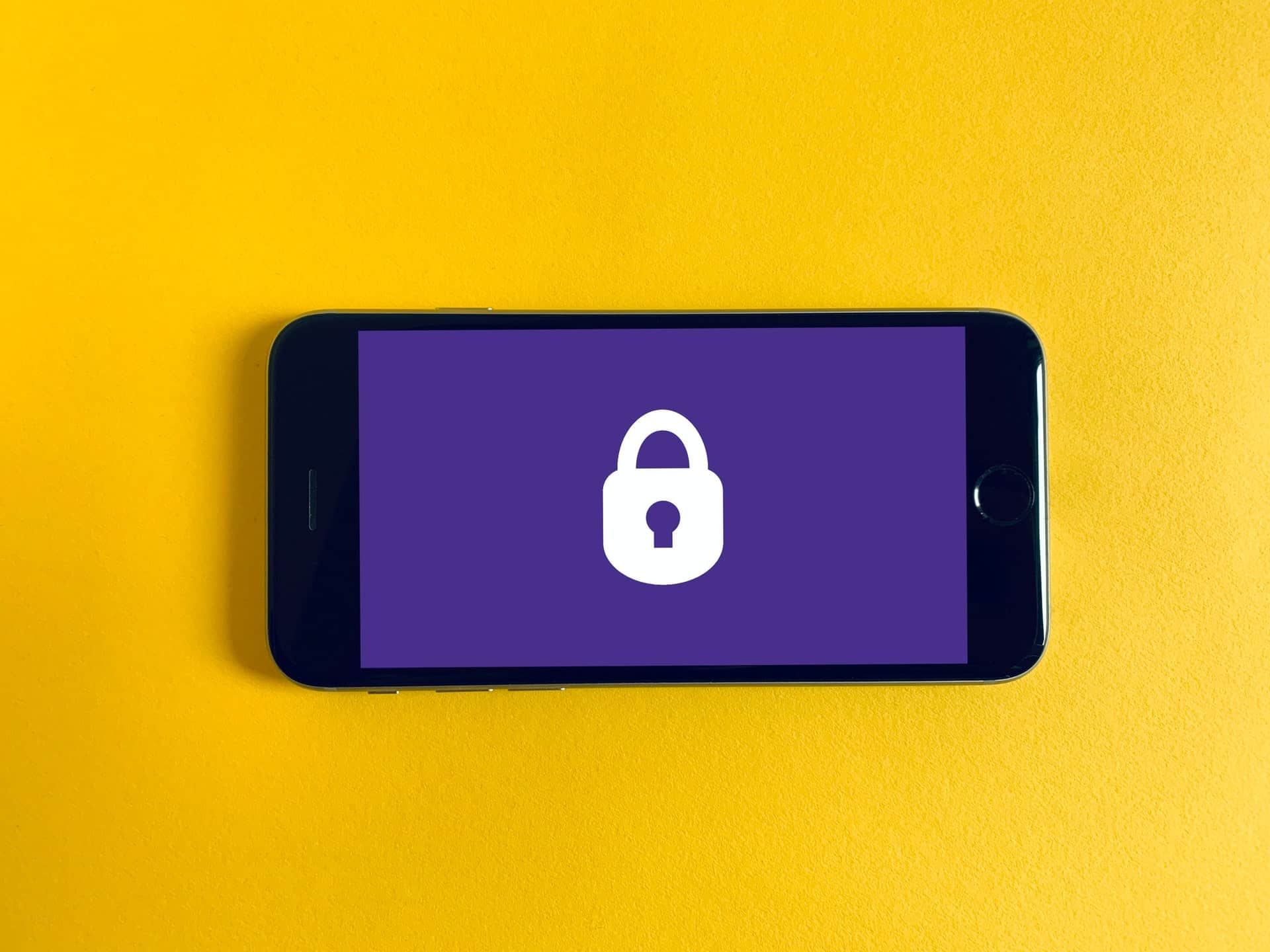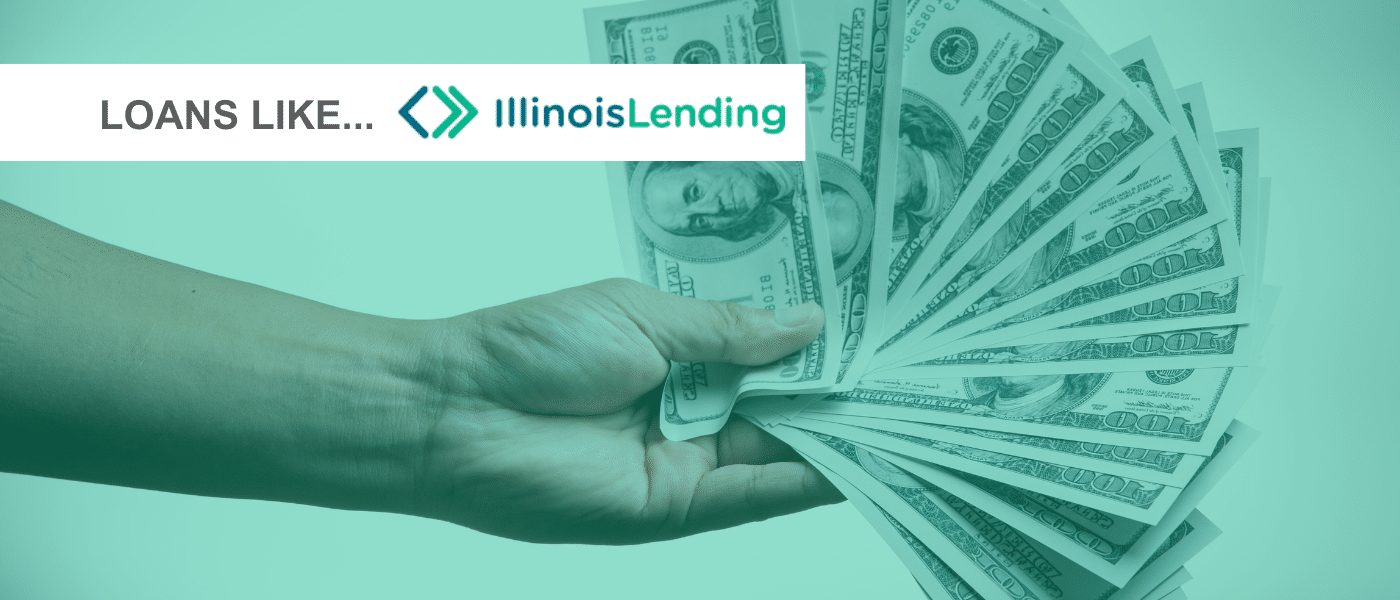With how technologically advanced our modern society is, a more traditional payment method like the money order might seem somewhat archaic. In the world of online banking, paper payment methods have begun to feel outdated. When you have the ability to transfer funds directly from your bank account to someone else with PayPal or a handy app like Venmo, why would you need to write personal checks or use money orders?
The world is becoming increasingly cashless. Millennials and Generation Z favor digital payments in all their various forms, from wire transfers to electronic deposits. And while it is true that money orders are no longer a common form of payment in the way they used to be, there are still plenty of reasons why a money order might be the best or only possible option.
Money orders still serve an important purpose. If you aren’t already familiar with money orders, it would be wise to learn a bit more about them in case you need to purchase or receive one in the future. It is advisable to familiarize yourself with when a money order ought to be used, whether they are safe, and how they work.
What Are Money Orders?
Similar to personal checks, money orders are a form of payment using paper documents. But, unlike a personal check, a money order is a form of guaranteed payment, making them far more secure. A money order will not bounce like a personal check might if the writer’s checking account has insufficient funds.
A money order provides guaranteed funds to the recipient (the payee) because it is purchased with cash or a debit card. It is not possible to purchase a money order with non-guaranteed funds such as a personal check or a credit card.
Are They Safe?
Yes! Money orders are generally a safe payment alternative. Money orders are far more secure for the payee than personal checks as there is no concern about a lack of sufficient funds.
The money order issuer is required to have both the name of their financial institution and the name of the payee printed on the money order. This makes it difficult for anyone other than the intended recipient to cash a money order.
Even if your money order is lost or stolen en route, it is highly unlikely that a stolen money order will provide cash to the thief. Money orders are well secured, but it is vital to keep your receipt so that you can track and recover your cash in case the money order is lost or stolen.
Why Are Money Orders Still Used?
Money orders serve an essential need in a world overrun by everything digital. There are several vital purposes that money orders serve. Specific circumstances might dictate that a money order is one of the only smart financial choices available.
Here are a few reasons why you might choose a money order over another form of payment:
Protection Against Bounced Checks
A seller might want to protect themself from the possibility of a bounced check for some transactions. A money order or cashier’s check is common amongst private sales on costly purchases like vehicles. A money order or several money orders can allow guaranteed payment in person-to-person sales.
Send Money by Mail
If you need to send money through the mail, there are limited options that are safe. Sending cash is a recipe for disaster as it can be easily stolen. Sending money via the post office using a check puts your bank account number at risk. A money order serves as the perfect solution as it cannot be stolen like cash and does not include bank account numbers or other private information.
Payment Method for Individuals With No Bank Account
Individuals who don’t have a bank account need payment options just like anyone else. Money orders are a secure way to pay people without a checking account. It can also be an excellent way for individuals to make payments without cash when they don’t have a bank account.
To Avoid Carrying Cash
There are specific contexts in which you might not feel safe or comfortable carrying cash around. If you want to make a rather significant purchase with cash but don’t wish to put yourself in a compromising position by carrying around a wad of cash, a money order can serve as the perfect solution. An excellent example of this is buying an expensive item you found on Facebook Marketplace or Craigslist.
How To Use a Money Order
The process of using money orders requires more steps than the ease of a mobile deposit or electronic transfer. They are not as common as they once were with the convenience of modern technology.
However, money orders are still straightforward enough to understand when the situation calls for you to use one. This is how you go about purchasing a money order and purchasing a money order.
Purchasing a Money Order
There are several different establishments where you can purchase a money order. A few examples include:
- The United States Postal Service (USPS)
- A financial institution like a retail bank or credit union.
- Check-cashing stores.
- Payday loan stores (usually, it is the brick and mortar storefronts that offer money orders, not web-based lenders that deal with fast payday loans online.)
- Select retailers, such as grocery stores, convenience stores, and pharmacies.
When purchasing a money order, you will need to be prepared with the amount of money you want the order made out for and the issuing fee the establishment or postal service charges. You will then fill in your name and contact information as well as the information of the payee or payees if you intend to purchase multiple money orders.
At convenience stores, you typically pay using your debit card or cash to purchase a money order. But most banks and credit unions will also allow you to pay directly from your checking or savings account. You will then be required to sign the money order unless you are purchasing a USPS money order.
Finally, you will be given a receipt of the money order. If you do not receive one, be sure to ask the cashier or customer service representative to print one for you so that you can be sure that only the recipient cashes the money order.
How Much Do Money Orders Cost?
The nominal fee for a money order is typically somewhere between one and five dollars, depending on the size of the money order. The United States Postal Service $1.25 for USPS money orders up to $500 and $1.75 for those up to $1,000. A money order can cost up to $5 at banks and credit unions.
Cashing a Money Order
As a recipient of a money order, you can usually deposit it into your checking account, or savings account for free at your bank or credit union. It is essential to wait for money order deposits to clear before spending the money in your account.
If you wish to cash a money order, you can do so at any of the establishments mentioned above that sell money orders. You might be charged a few dollars to cash money orders, but you will be charged a lower fee if you cash it at the same place that issued it. The postal service will cash a post-office-issued money order free of charge.
Similar to cashing a check, you will need to sign the money order in front of the cashier or counter agent and show them a government-issued identification.
The Drawbacks of Using Money Orders
Despite money orders being generally safe to use and serving a critical financial need, there are some downsides to money orders.
Money orders bought at the post office typically have a limit of $1,000, so if you need to send more money than that, you will be required to buy multiple money orders. The fees for money orders can be a drawback if you use them often enough for the costs to add up.
Money order scams are another downside of the use of money orders. Money order fraudsters send an individual a bogus money order for a large chunk of cash, requesting a portion be transferred back to them. Before thinking it through, the victim might attempt to deposit the money order and wire transfer the cash requested only to realize it was a fraudulent order.
If you are on the receiving end of a money order, be sure to analyze the document carefully before depositing it or taking part in any further money transfers.
You might prefer money order alternatives, but it’s wise to be fully aware of all the options available to you for paying bills or making purchases. If you ever find yourself in a situation where a money order is the best and safest option available, you are now fully prepared with the knowledge of how they work, how to obtain one, and how to cash one.
References:
What Is A Money Order And How Does It Work? – Forbes Advisor







